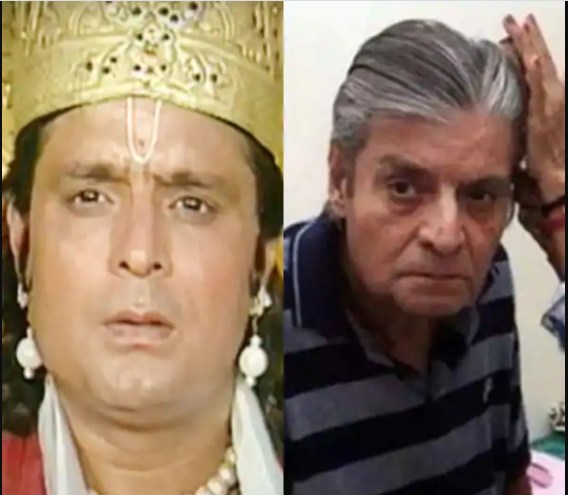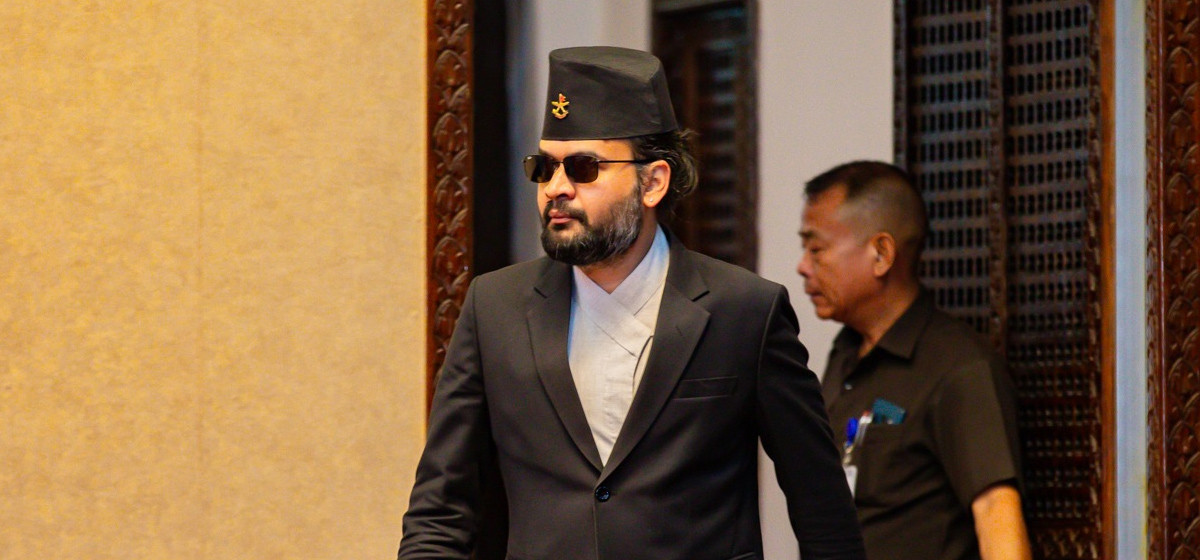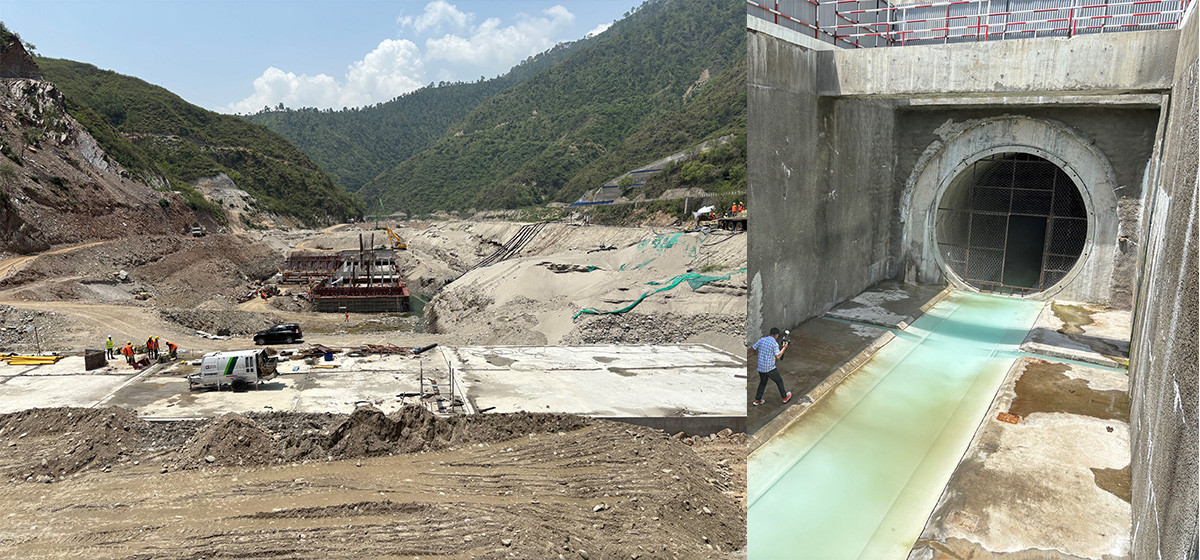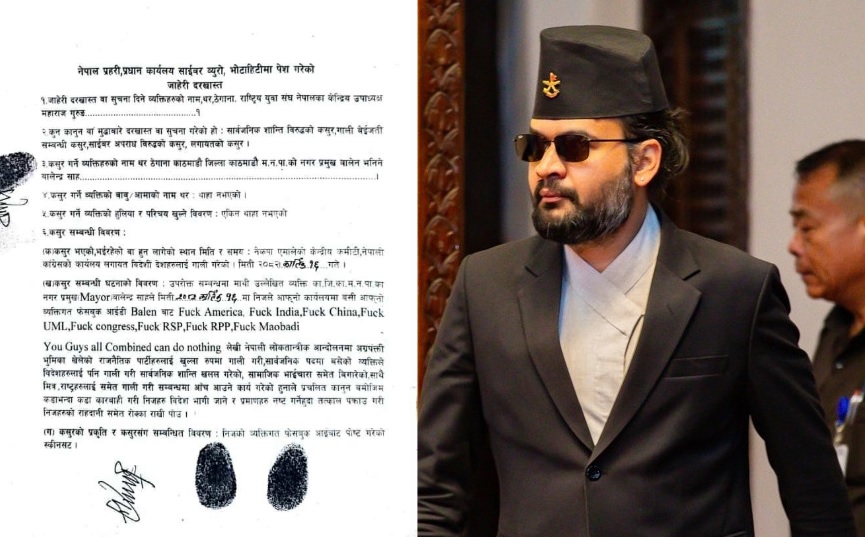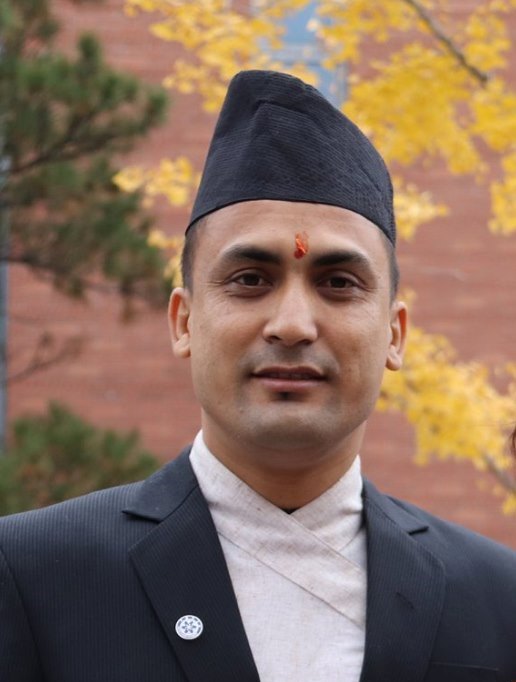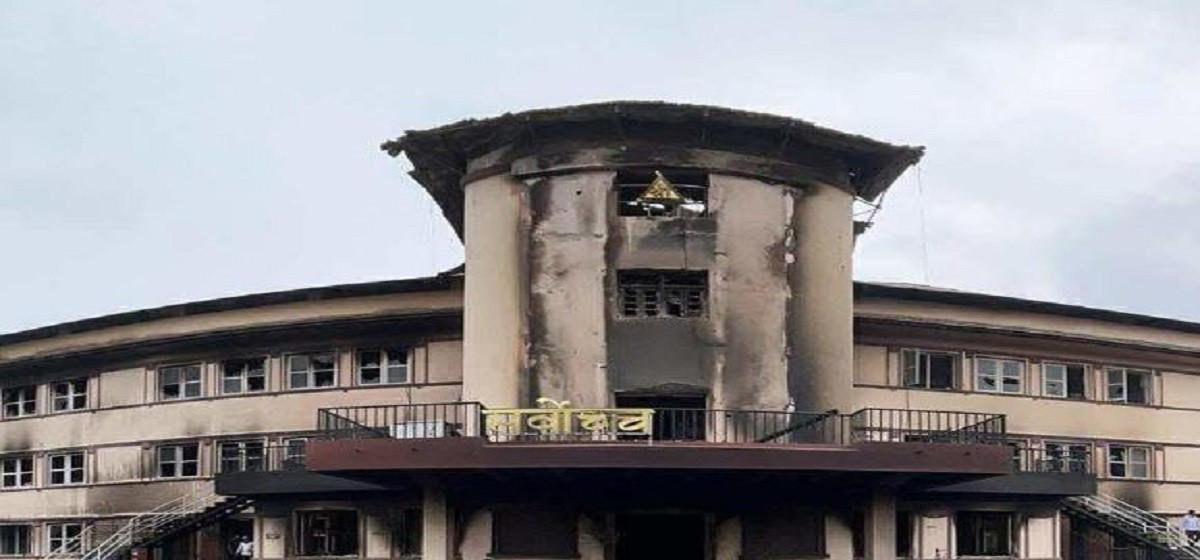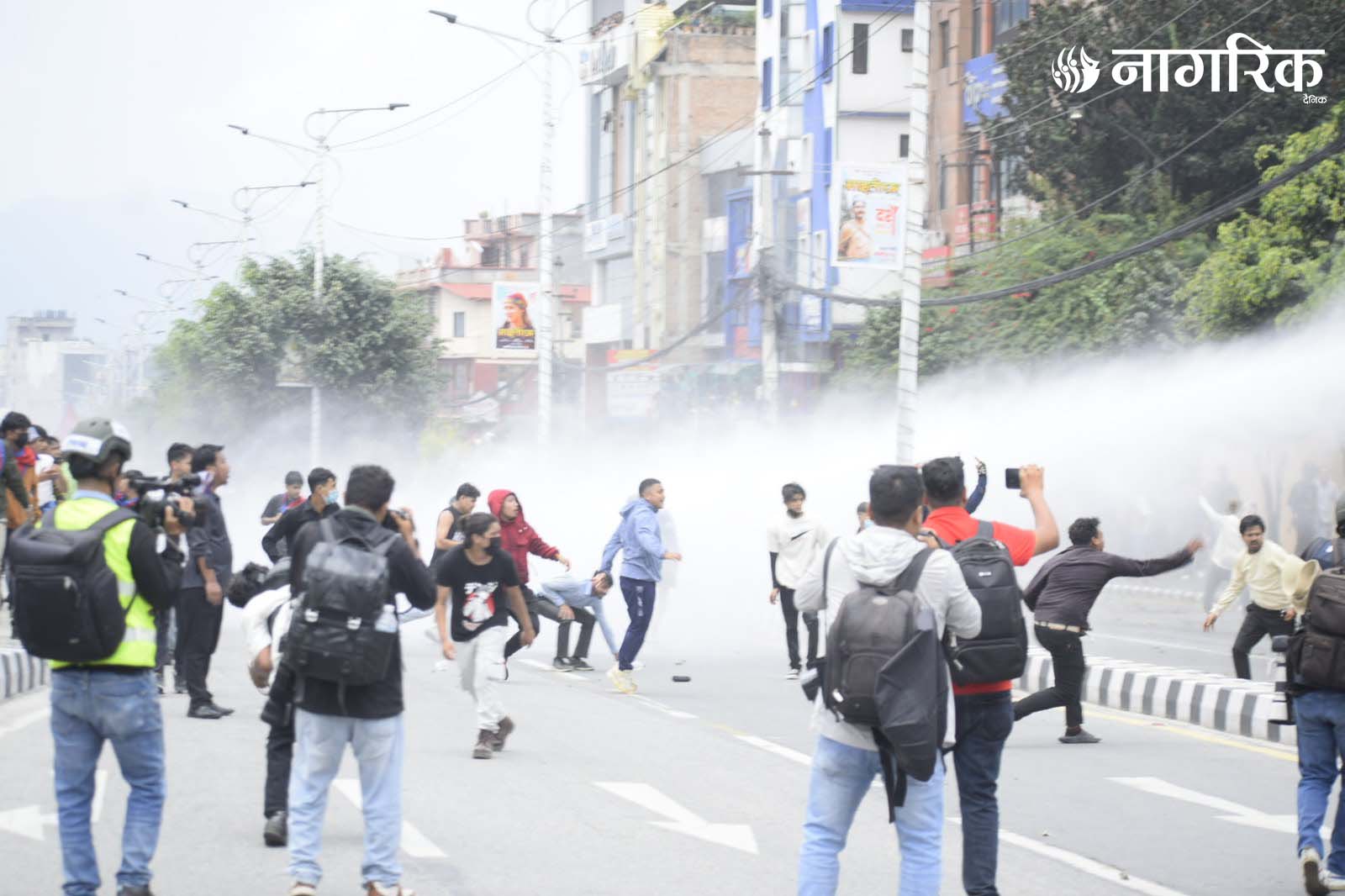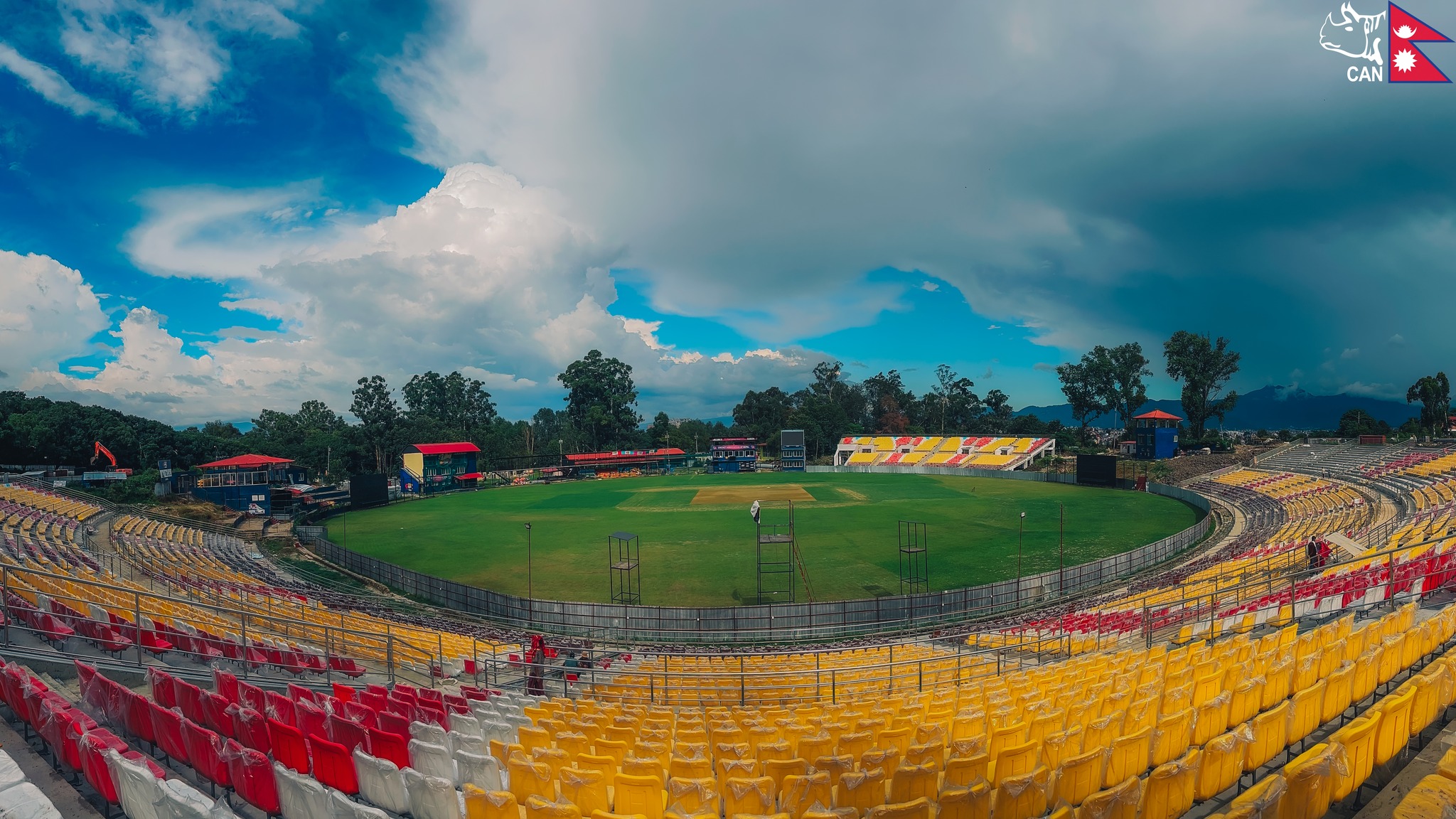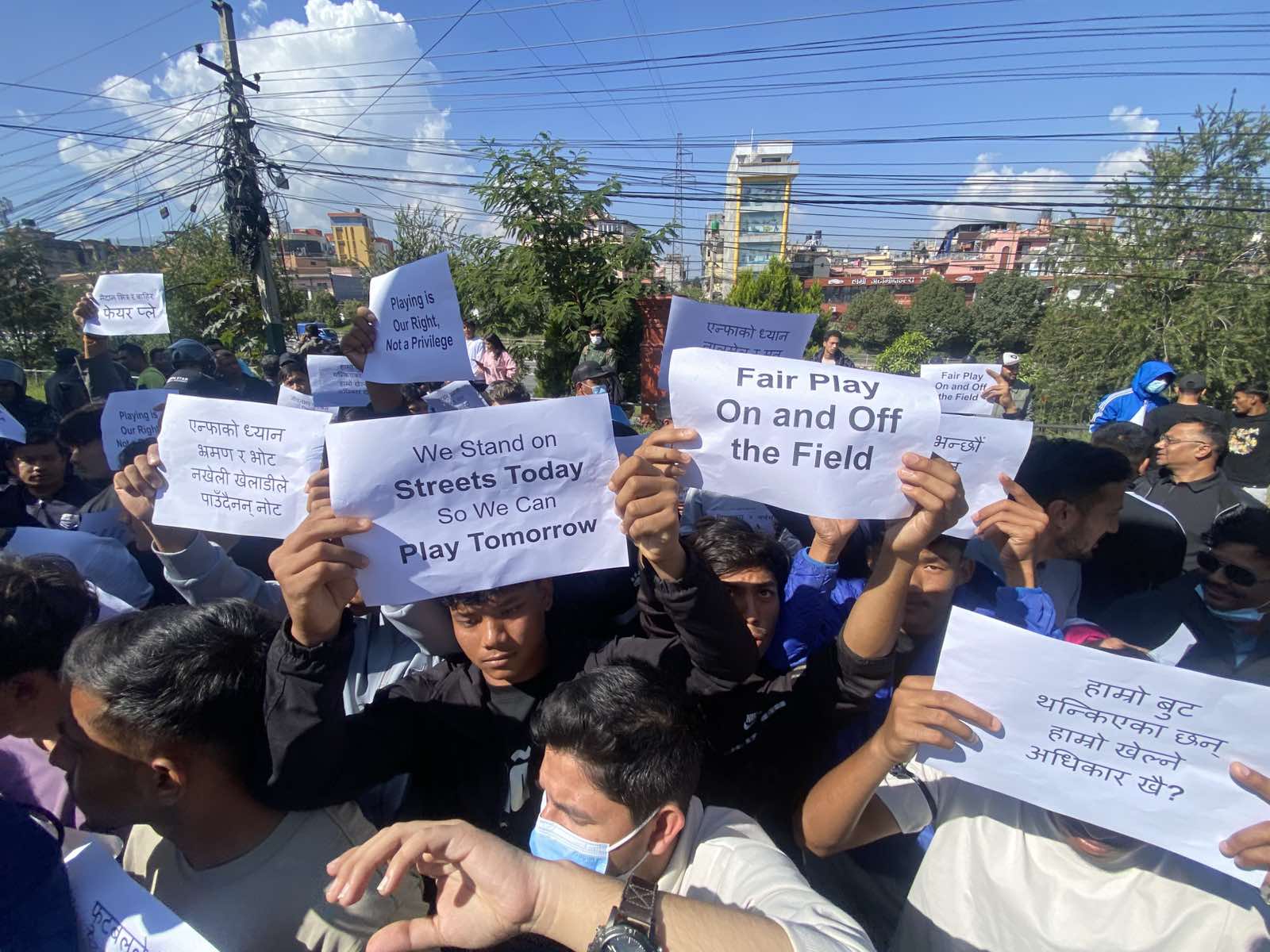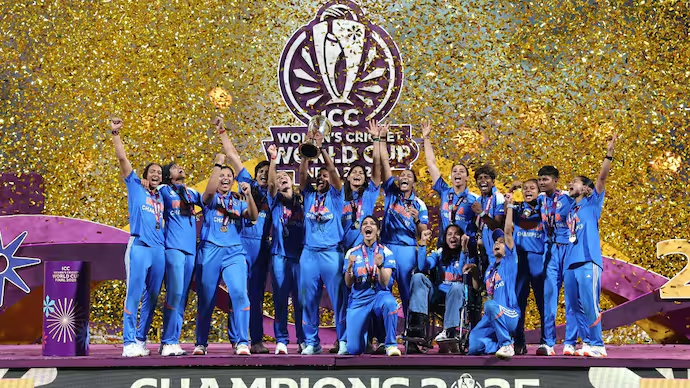Abhi Subedi has done an exciting job of bringing together elements as diverse as Koirala's novella Modiain, with which the play begins, as well as rare insights into the life of the great democratic leader that were sourced not only from his autobiographical Atmabrittanta and Jail Journal but also from one-to-one conversations with his political contemporaries and friends.The action is driven, in fact defined, by the choric commentator or 'sutradhar' played brilliantly by Salil Subedi. Subedi and his host of unlikely musical instruments that ranged between the didgeridoo, the murchunga and the snake charmer's pungi, stood towering like Krishna and vocal as Sanjaya between the three Mahabharata-s that were interacting on stage (firstly the original epic, then Koirala's interpretation of it and lastly, Abhi Subedi's vision of recent Nepali history). He wove the three threads together with his words, gestures and actions much like a 'sutradhar' as the Natyasastra would ordain. Or as the Sophoclean—lyrical and philosophical—guiding presence as the playwright himself ordains. Fluent in his performance, if a little over ambitious in that very fluency, Salil Subedi undoubtedly carried the play on his back.
The casting of Sanjeev Uprety as BP Koirala was, however, the production's coupe de grace. Brilliant in his measured portrayal of the popular public leader, especially in the declamatory speeches in the recurrent court scenes, Uprety was particularly poignant in his final monologues delivered from a wheelchair. His portrayals as the writer BP Koirala and the husband, were equally convincing and layered. Retaining the gravity of a pioneer politician hailing from an earlier generation, Uprety slides effortlessly between the varying registers of pleasant intimacy, self-reflexive introspection and a commanding revolutionary presence.
Playwright Subedi has given a significant space to BP Koirala's parallel vocation as a writer, and tries to rationalize his initiation of armed revolution from a perspective of a writer's empathy for the dispossessed and the poor. The play reconstructs scenes from his Modiain, Tin Ghumti, Ek Raat and more. Sanjeev Uprety, a renowned writer himself, is obviously at ease when depicting what might otherwise have been a very theatrically challenging aspect of the leader's life. It is indeed a pleasure to watch Sandaju or BP Koirala come alive on stage without the dreaded melodramatics that usually permeate biographical plays.
Suryamala Sharma breathed life into Sushila Bhauju with grace. It was heartening to see a genuine space being opened up within the structure of the play to integrate her as Sandaju's equal in thought and political foresight. Divya Dev is a significant presence in a number of roles, especially as the rustic free-spirit Pahalman Subedi and the hippie George. Renuka Karki is memorable as Indramaya in Tin Ghumti while Saroj Aryal is strident, both as 'burja sashak' and Mohan Shamsher. Binu Lama remains with us as Yeshoda. Manas Raj, Darwin Lungeli, Alok Thami, Sandesh Shakya and the others have all carried their roles with precision and alacrity. A little more gestural specificity would, however, enhance the dance sequence.
Now we come to the one unseen yet significant character in Sandajuko Mahabharat. Overshadowing the play and the actors, overwhelming the epic itself, stands Bimal Subedi's stagecraft. From the moment you enter the darkened hall, the set, projections, sound and lights take you hostage. As an image of a splashing water-body slowly reeled its way across the breadth of the massive rear wall, and undeciphered characters from Modiain stood frozen inside white canvas cocoons, Time itself was rolled in on a cart cum desk, playing a didgeridoo. At the end, after Sanjeev Uprety is rolled out on a wheelchair through the audience, having just delivered as Sandaju his last heartrending monologue, the same scene unfolds in slow motion but in reverse and Time rolls back again, taking with it a slice of our contemporary lives.
Stage direction was innovative throughout. An example: the party at which Sandaju and Ganeshman Singh meet Mohan Shamsher, comes alive through imaginative props involving LED lights, miniature table-chair-bottle triads fixed onto bicycles and LED headlamps gleaming on every forehead except BP Koirala's. It was a stirring scene that could easily double as a visual metaphor for the function of the whole play itself—shedding light on BP Koirala the leader, the writer, the person. Abhi Subedi has helped recontextualize a towering national figure with dexterity and much needed insight.
Sandajuko Mahabharat remains a must-see, be it as an experimental text of a play, a brilliant experimental performance by a dedicated caste or a visual spectacle!
The author is an Indian artist/writer/actor based in Kathmandu.
Kavre forest fire extinguished, tourist area reopens










